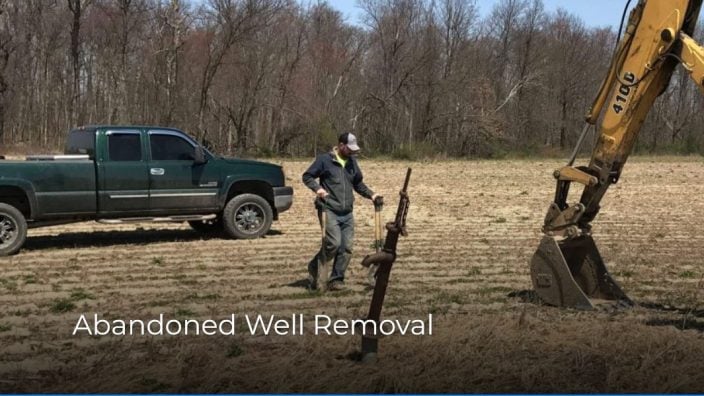Solar eclipse resources offered to Ohio landowners
Landowner resources to help them prepare for an influx of people coming to rural parts of the state hoping to get a glimpse of this rare phenomenon April 8.
Read MoreAbandoned wells may seem harmless but, if they are not managed correctly, they can create a dangerous situation.
Editor’s Note: This article was reviewed in March 2025 for accuracy.
Abandoned or unused water wells can be found almost anywhere: on farms, industrial sites and in urban areas. While they may have once served a purpose, they are often abandoned when access to groundwater is no longer needed, when homes are connected to community water supplies, or when the quality of the water supply has degraded.
Abandoned wells may seem harmless but, if they are not managed correctly, they can create a dangerous situation.
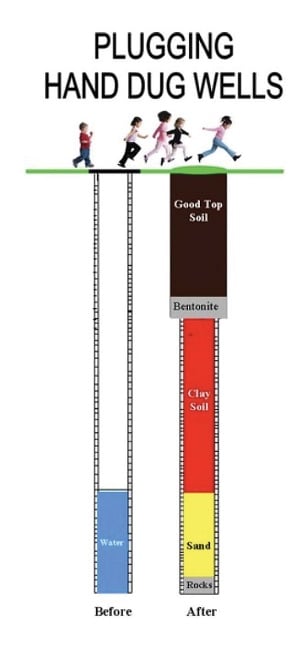 In some areas, water wells are clearly marked, either by a windmill tower or an old hand pump. However, many abandoned wells lie hidden beneath weeds and brush. This not only creates unforeseen danger for children, hunters and animals, but it also provides an entry point for an unlimited number of potential contaminants. Fuel, fertilizer, solvents, sewage, animal waste, pesticides and other harmful products have all been known to enter groundwater through unsealed wells.
In some areas, water wells are clearly marked, either by a windmill tower or an old hand pump. However, many abandoned wells lie hidden beneath weeds and brush. This not only creates unforeseen danger for children, hunters and animals, but it also provides an entry point for an unlimited number of potential contaminants. Fuel, fertilizer, solvents, sewage, animal waste, pesticides and other harmful products have all been known to enter groundwater through unsealed wells.
According to the Ohio Water Resources Council, there is no accurate accounting of how many abandoned wells are in Ohio, but it’s estimated that tens of thousands of unused wells exist, making it imperative for farm and landowners to properly seal water wells that are no longer in use.
Throughout the landscape, there are many potential conduits to underground drinking water, one of which is water wells. Old wells that have been abandoned are sometimes found in crop fields. By working with a qualified contractor through your local health department, you can properly cap the old well.
“By sealing any unused water wells that you have on your property, you are removing potential liabilities,” said Jim Raab, Geology Program Supervisor, Division of Geological Survey at the Ohio Department of Natural Resources. “Sealing wells removes potential contamination pathways to the aquifer that you and your neighbors could be using for a water supply.”
As a rule of thumb, if a substance can be dissolved, carried, or mixed in water (including nutrients and pesticides), it has the potential to enter groundwater through an unsealed abandoned water well. Sealing the old well minimizes or can even eliminate the chances of that happening.
One of the more obvious reasons for sealing an abandoned water well is the physical danger they present for the public and wildlife. Many of Ohio’s domestic wells fall in between the five- to eight-inch diameter range, posing a potential hazard for children and small animals.
In addition, Raab says that “sinkholes” are another danger. Large holes in the ground develop when an improperly covered water well or buried dug well gives way. “These wells need to be sealed from the bottom to the top,” explains Raab.
It’s highly recommended to seal wells with the help of an experienced registered water systems contractor due to the equipment and knowledge involved. According to the Ohio Department of Natural Resources, there are basic procedures that need to be followed for sealing an unused well. These include the type of sealing agent material best suited to fill the well from the bottom up to the surface and recording the location of the abandoned well and the specifics of the sealing procedure to appropriate agencies, among other things.
For more information about well abandonment and its impact on water quality, please visit the resource library at blancharddemofarms.org. If you have specific questions, contact your local Environmental Protection Agency district office, health department, or the Ohio Department of Natural Resources.
To view the process of an old well capping at Kellogg Farms in Forest, Ohio, a Blanchard River Demonstration Farms site, visit the “Abandoned Well Removal” practice page at blancharddemofarms.org.


Landowner resources to help them prepare for an influx of people coming to rural parts of the state hoping to get a glimpse of this rare phenomenon April 8.
Read More

What are some of the things landowners need to be aware of, as they might see more people wanting to come out to their property and to rural Ohio for the best seat in the house?
Read More
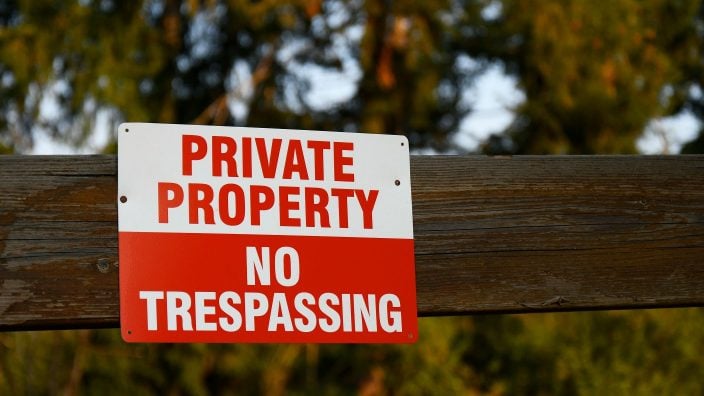
Policy Counsel Leah Curtis discusses Ohio trespassing laws and the liability that can fall on landowners when people enter their property.
Read More

When property owners may have issues with trees or encroachment on their property, they often turn to Ohio Farm Bureau for information.
Read More
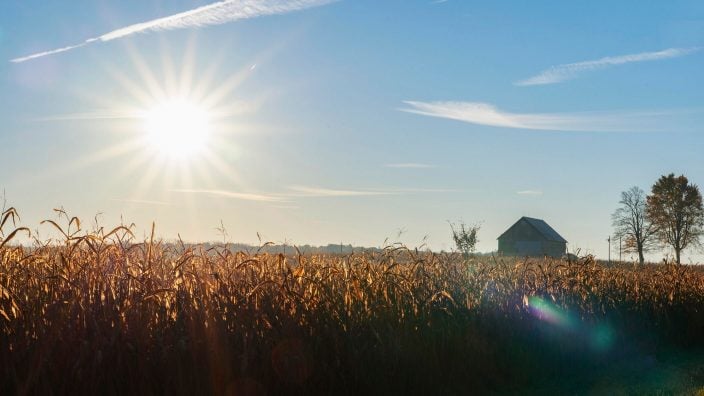
Even though there can be zoning in rural areas of Ohio, there are limitations in the law when it comes to agriculture.
Read More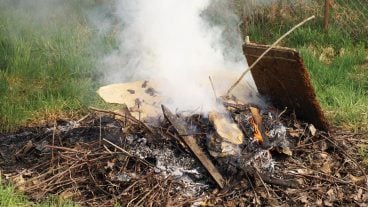

During the months of March, April, May, October and November, open burning in Ohio is prohibited during the hours of 6 a.m. to 6 p.m.
Read More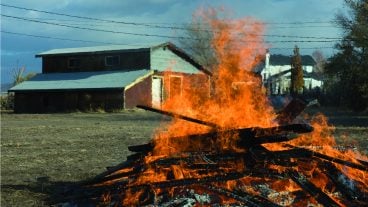
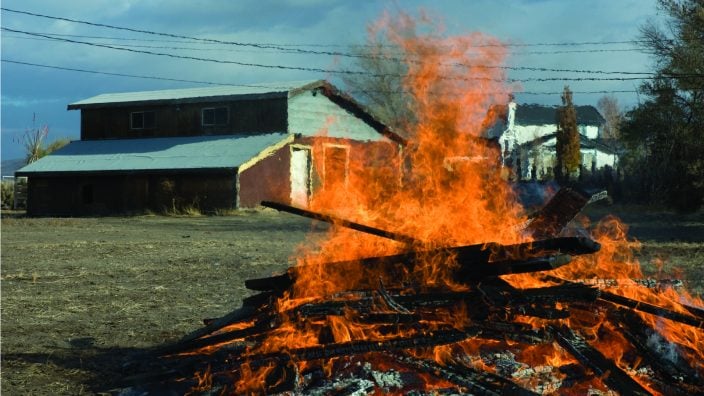
Depending on what is being burned and where, there will likely be restrictions from either the Ohio Environmental Protection Agency or possibly the Ohio Department of Natural Resources.
Read More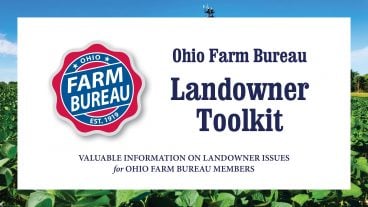
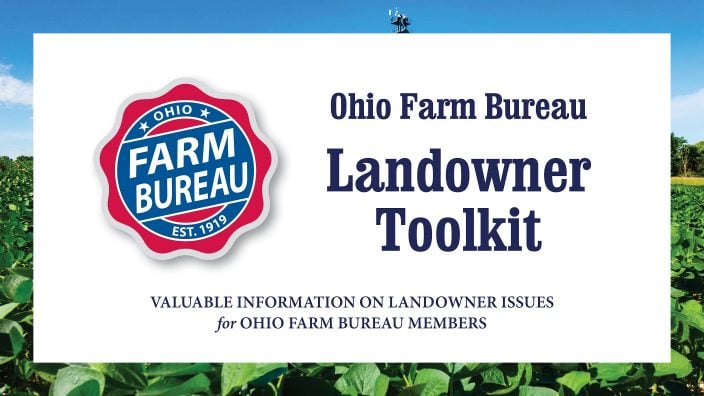
The newly updated Landowner Toolkit was built to give our members the knowledge and tools necessary to manage their land responsibly and productively.
Read More
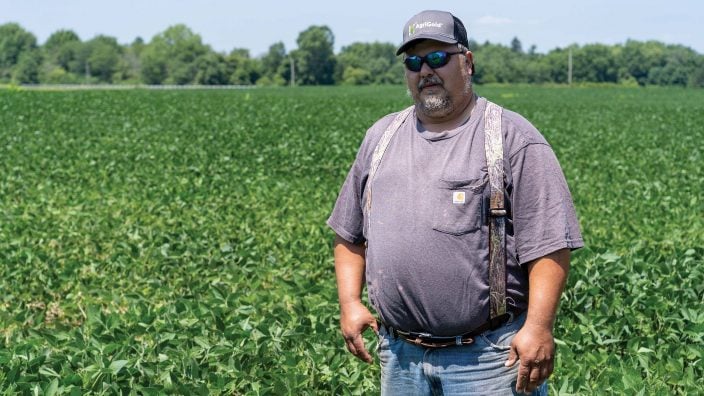
Under HB 397, notice must be given by Sept. 1 to terminate a farm lease, and the lease will terminate at the conclusion of harvest or Dec. 31, whichever comes first.
Read More

Lorain County Farm Bureau recently had success getting some changes made to their CAUV designations, thanks to the help of Ohio Farm Bureau and members taking action.
Read More